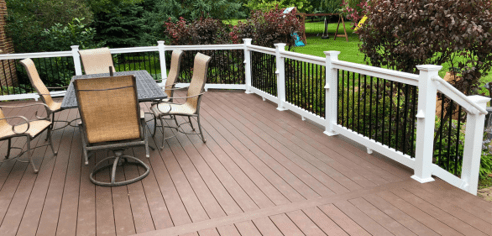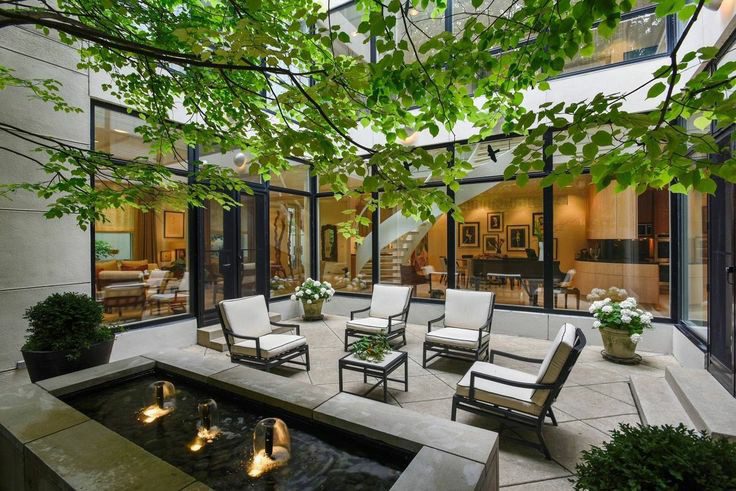The colours in your workspace have an impact on much more than just how it looks. Paint colours have an impact on how your business is presented to clients and staff alike, as well as the overall culture and productivity of your business.
Your paint colour and quality play an essential role in client relationships and staff morale – after all, you don’t want your office to be a workspace your team dreads coming into every morning.
When you’re ready to give your office a new look, hire painters in the GTA to ensure that it gets an expert-level colour scheme and painting. Anything less can reflect badly on your business.
Below are the most common colours and their effect on people.
Elevate Mood and Productivity
The colours and look of an office can influence creativity, comfort, productivity and several other employee behaviours.
For example, the following colours are known to have these psychological effects:
- Blue: Blue often conveys a sense of trust, logic, communication, and efficiency and is commonly used in workspaces that require mental and intellectual effort.
- Red: Red is primarily considered a physical colour. It conveys excitement, courage and strength and is a good choice for areas of the workplace that require physical exertion.
- Yellow: Yellow is known to stimulate creativity, friendliness, optimism, and confidence and is ideal for work that requires creativity.
- Orange: Because orange is a blend of red (physical) and yellow (emotional), it can be used to uplift mood. Its vibrancy and casualness make it a good choice for breakrooms, lounges and kitchenettes.
- Green: Green represents nature and can provide biological balance. It conveys harmony and restoration and is easy on the eyes. That’s why it’s commonly used in healthcare spaces and is useful in offices that require people to work long hours.
- Purple: Purple is commonly associated with spirituality or introspection. It can promote contemplation and may be the right choice for a chill-out or relaxation space to help employees work through challenges.
- Grey: Grey is a neutral colour and is a popular choice in office settings – especially those with modern décor. However, be careful when choosing a grey colour scheme for your office or workspace, as too much grey can suggest a lack of confidence and can stimulate a depressive mood.
Keeping Up to Date and Staying Ahead of the Competition
Design trends constantly come and go. That specific shade of green may have been all the rage seven years ago, but it might look clinical now and give your commercial space a dated look. While it may not be necessary to repaint your office or shop every year, a refresh to its current colours can revitalize the energy in your space and keep it contemporary.
Keeping your look sharp and well-maintained is crucial for your brand and could give you an edge over your competition. If you had to choose between two businesses offering the same products or services, it’s safe to conclude that you’d pick the one with the more modern look.















